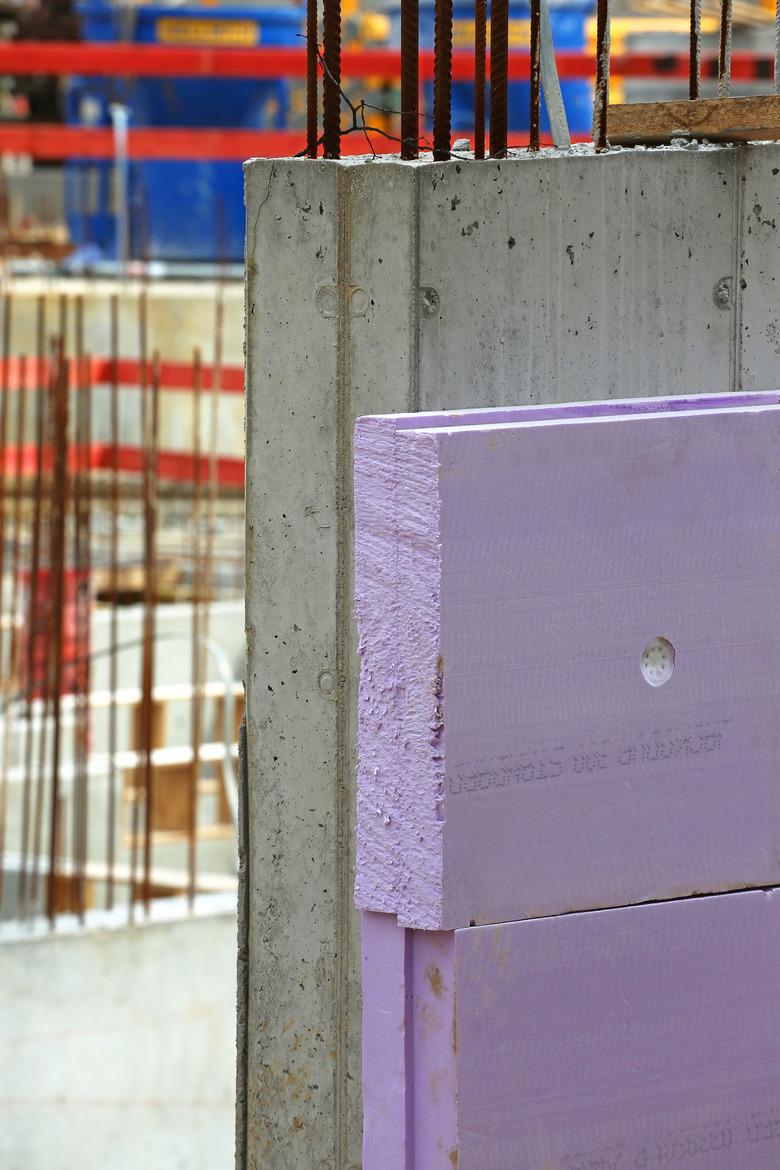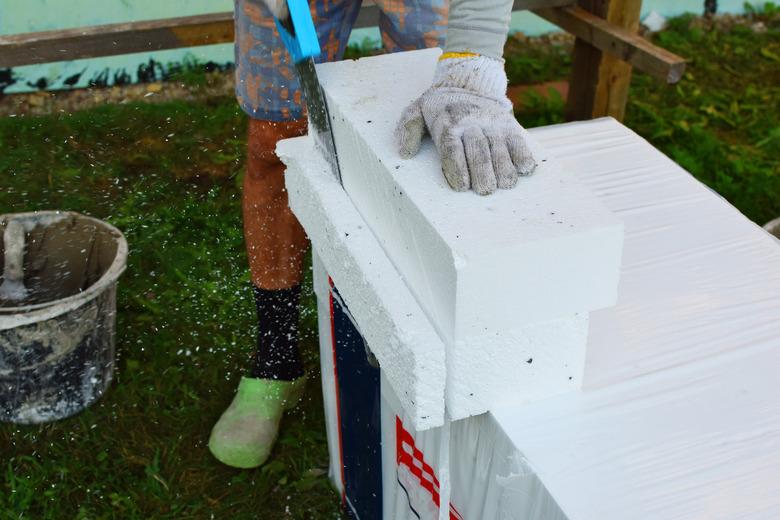How To Cut Foam Board
Foam board, whether a thin style used for crafts or the thick insulating type sold in large sheets, requires a bit of finesse when it comes to creating the perfect cut. No matter which type you work with, a sharp utility knife or craft knife is a must. If you haven't worked with it before and need to make anything other than a straight cut, keep a little extra on hand for practice cuts, until you can get a feel for how the material handles under the knife.
Making Straight Cuts in Thin Foam Board
Thin foam board, also called foam core board, is the type used for making large presentation displays or for mounting photos and artwork. It's usually 1/8- to 3/16-inch thick, comprised of a center layer of polystyrene or polyurethane foam sandwiched between sheets of thick paper. Cutting straight lines without special tools requires a sharp craft knife or razor knife and a straightedge to use as a guide.
- Measure and mark the board at the starting and ending points of the desired cut line, as you would for sawing wood or cutting a piece of paper.
- Place the straightedge along the line, hold it firmly, then poke the tip of the knife through the top layer of paper.
- Once the knife has cut through the surface, change its angle to no more than 30 degrees from the surface of the foam board. This helps prevent snags and tears.
- Slide the knife along the straightedge without trying to go all the way through the foam.
- Plan on making three passes with the knife to get a thorough and clean cut. When the cut is omplete, you can use scissors or a knife to trim away stray bits of paper or foam.
Using a Mat Cutter for Thin Foam Board
A mat cutter designed to cut straight lines in art mats can also cut thin foam board. Read the instruction manual before purchase to ensure the cutter can handle your chosen foam board. This type of mat cutter has a slicing device that slides along the rod and is capable of cutting only straight lines. Line the foam board up at the desired slicing location, as you would with a paper cutter. Hold the board firmly in place with one hand as you slide the cutting tool from one end of the rod to the other.
Tip
If possible, test the cutter on a scrap piece of foam board to see if it slices all the way through or will require several passes to make a clean cut.
Creating Circles and Curves
Cutting a circle or arc is best done with a sharp craft knife if you don't have access to a circle cutter designed specifically for foam. Start by marking the center of the hole, then use a compass to draw the circle on one side of the board. Poke a needle or nail straight through the center hole and re-create the circle on the other side, again using the compass. Carefully follow the pencil line all the way around with a sharp craft knife, penetrating the paper for a clean edge. Repeat the process with the circle on the other side, then use the knife to cut all the way through the foam.
A foam-board circle cutter contains a device similar to a compass, except that it has a tiny blade inside rather than a pencil tip. Set the cutting tool so its pivot point is on the circle's center point, with the outer blade along the marked circle. Hold the pivot point in place while rotating the blade around the circle's perimeter. Multiple passes of the blade may be necessary to complete the circle. If necessary, repeat the process on the other side of the board in the same center spot, until the cuts meet in the center to complete the cutout.
Cutting Rigid, Thick Foam Board
A thick foam board sheet such as the type used for insulation is brittle enough to snap in a straight line once it's properly scored. As with a small foam board, mark the starting and ending points for your cut line.
- Align a long straightedge at the starting and ending marks, then clamp it in place near each end. Make sure the straightedge is aligned on the side of the board you will use for your project and not on the scrap section. This helps protect the piece as you score it.
- Draw the cut line with a marker, using the straightedge as a guide.
- Use a sharp utility knife to score along the line.
- Remove the straightedge and clamps, hold the board upright, then apply pressure along the back side, behind the cut line. The board should snap on the line.
- If the board is too thick to snap easily, cut it with a hacksaw or foam saw instead. Even an ordinary carpenter's cross-cut saw can be used to cut thick panels of rigid foam.
Making Cutouts and Curves
In some cases, such as when insulating a foundation wall around an electrical outlet box, you may need to make a cutout in the foam board. For this type of cutout, press the board into its proper location against the installed outlet box to make an impression on the back of the foam panel. Or, you can measure the location and use a loose, unattached box to make an impression on the panel. Then, use a sharp utility knife (for thin panels) or a drywall saw (for thicker panels) to make the cutout in the foam.
Cutting shapes or curves can be a bit more difficult on thick foam board. Small shapes, for instance, may be nearly impossible to cut out, while a slightly curved edge along the edge of the board is not nearly as hard to accomplish. For best results:
- Draw the desired shape with a marker on the foam board.
- Score the outline with a small craft knife.
- Sharpen one of the long edges of a narrow putty knife blade, then use the tool to slice slight curves in the foam.
- For the cleanest cuts, use a forceful pulling motion of the blade to do the bulk of the cutting, similar to how you cut with a utility knife. This generally works better than using a sawing motion.


